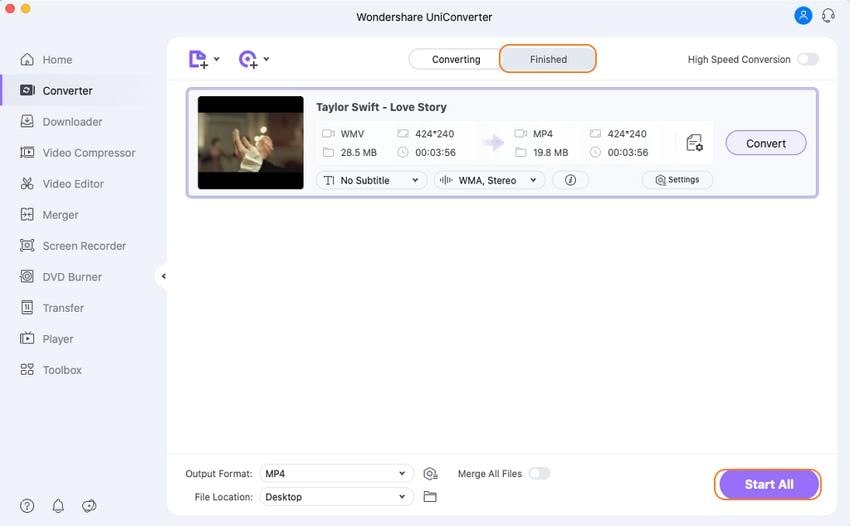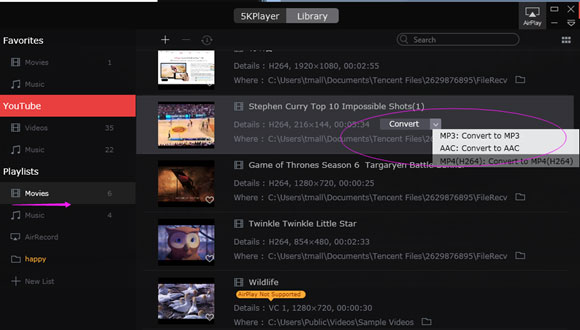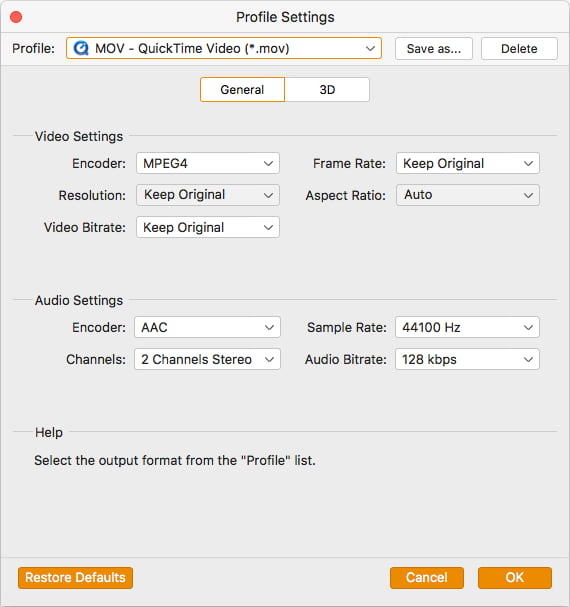

If you attempt any kind of manual cleaning, beware that the video heads in particular are extremely delicate.Ĥ) I'd suggest defragmenting your hard disk before beginning capture avoid doing anything that makes it or your PC too busy during capture or you may end up dropping frames (it is a time-critical process - the camcorder will send each frame once, whether or not the PC is ready to receive it). Personally, I would strip the machine down and carefully clean all the parts using high-purity isopropanol on a soft lint-free cleaning implement. When transferring Betamax or VHS tapes, I've often found that simply playing the tape through cleans it sufficiently so if I get an unacceptable level of static on the first try, a second go is normally better.ģb) If the replay device is second-hand, you probably should clean it but how you go about this depends on how confident you are fiddling with precision micro-engineering! The simplest and safest way is to use an off-the-shelf MiniDV cleaning cassette if you can get hold of one. I have occasionally cleaned very old tapes (¼" audio reels from the 1960s) using a jury-rigged tape-cleaner prior to transferring them to CDs or files. The only problem that could conceivably occur would be if the original recording device had gone "out of alignment" in some way (head azimuth, etc.) or the recordings have "faded" or become damaged in some other way over time in which case different playback devices may cope better or worse with them - this would vary from being unable to read them at all to returning occasional corrupt frames.ģa) Cleaning the tapes is generally not something you should attempt unless you find serious problems with them and certainly isn't a "standard procedure". The transfer will be a lossless process, although the DV format is itself lossy - it's a bit like a more advanced version of Motion JPEG (in other words, the file should contain exactly what is on the tape with no further quality loss).Ģ) In theory, it should make no difference to quality what device is used to read the tapes (as long as they are still in good condition) - they are pure digital media so the data returned should be identical to what was originally recorded (just like burning a CD/DVD on one PC then reading it on another). When you read them in, you will most likely end up with either a raw DV file or an AVI file containing DV data, at 25Mbps for the video stream. The audio will normally be 16-bit 48kHz stereo PCM (although other sample rates are permissible). It's likely to be interlaced, although some camcorders were capable of recording progressive video.

Is there any other information I should know about to get the best result possible?ġ) The data on the tapes will be in standard-definition DV format which is 720x480 in NTSC countries and 720x576 in PAL/SECAM. In order to yield a maximum result the first time, should I clean the tapes and/or the camcorder (or player) before I stream copy the tapes to a file? How would I go about doing that?Ĥ. What would yield the better result, re-buying the same camcorder again, buying a higher quality camcorder, or buying a dedicated player, all of which would be connected via firewire?Įxpanding on that, what difference would a higher quality camera or dedicated player make if any?ģ.


The tapes themselves were recorded in SP mode, what resolution would this be considered? Would that even matter once they're converted into a digital format or would I still aim for a specific resolution?Ģ. I'm not too familiar with the mini dv format, so before I start:ġ. I want to convert them into a digital file using a firewire cable. Https /And the cassettes were Sony DVM60's. The camcorder I used was the Samsung SCD103 (which broke years ago): I have some mini DV cassettes from a camcorder I had in 2004-2006.


 0 kommentar(er)
0 kommentar(er)
